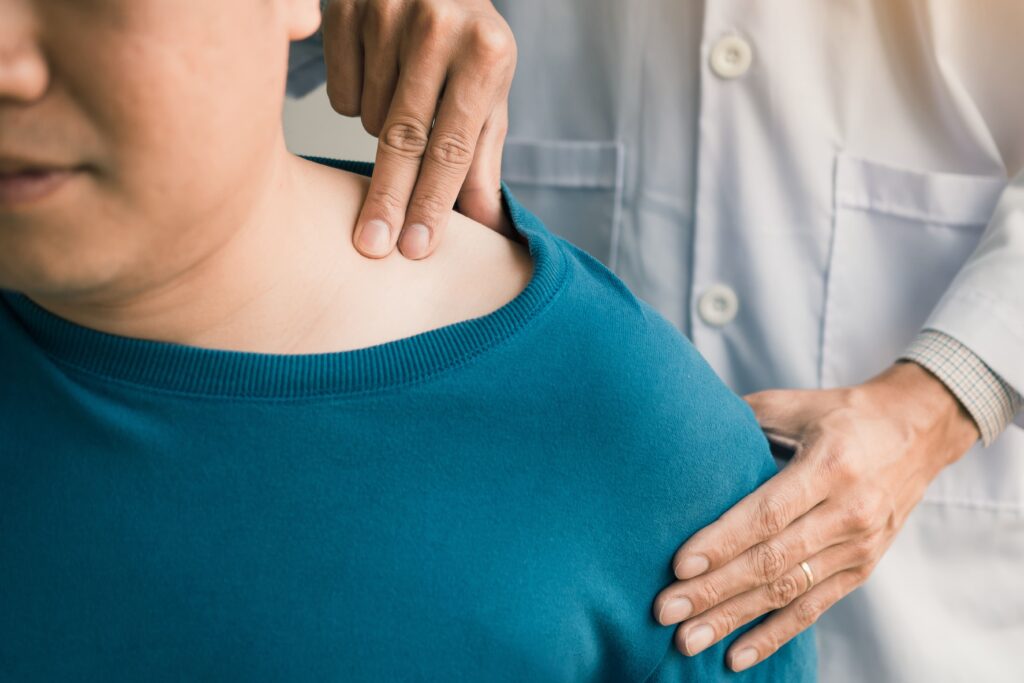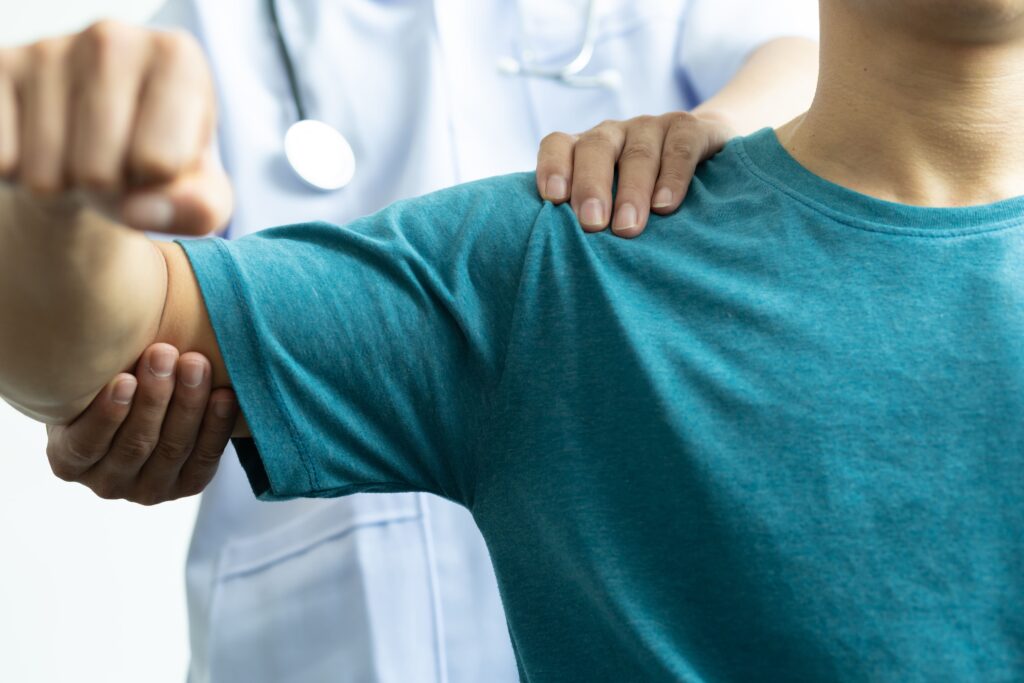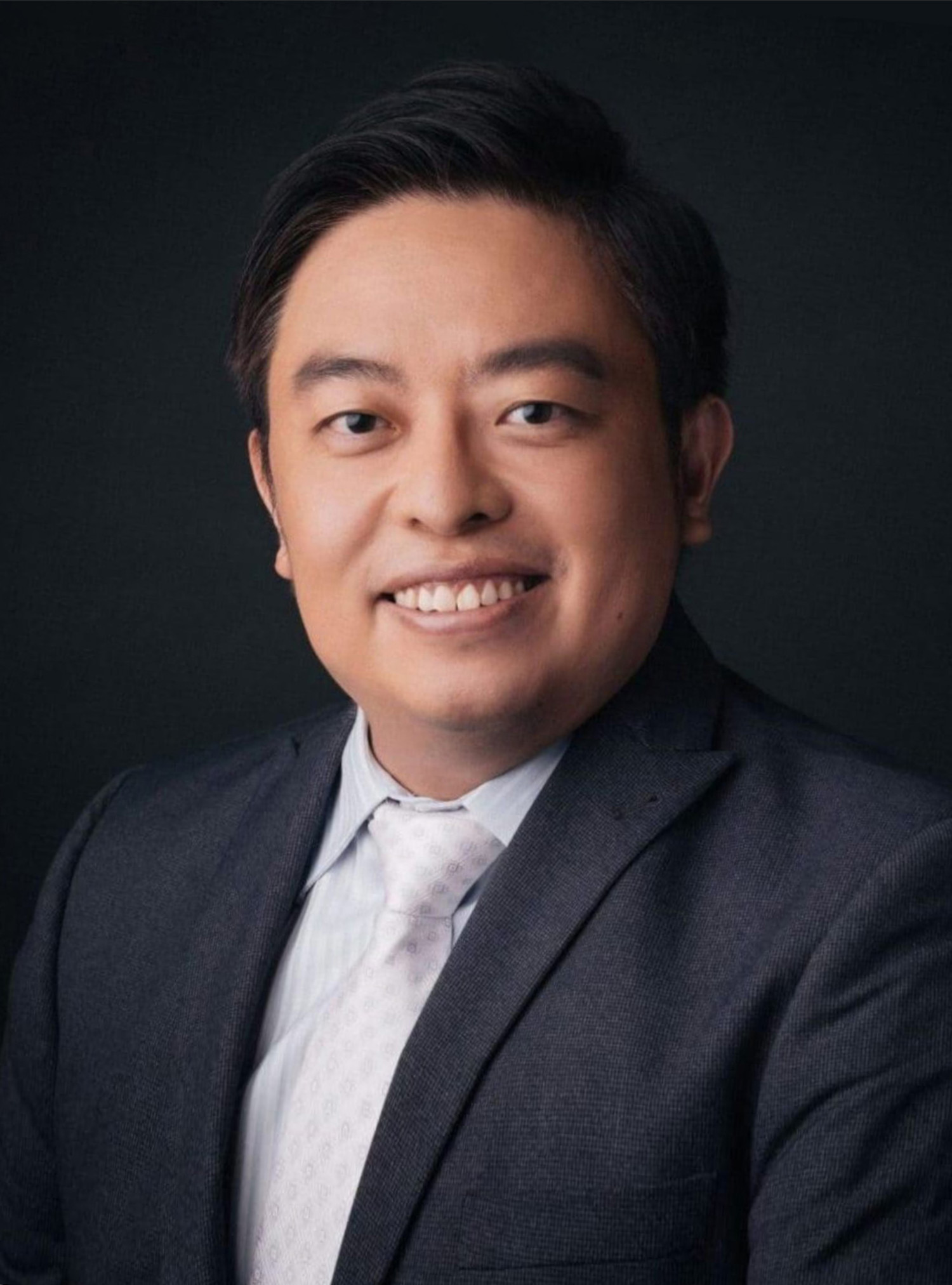Schedule An Appointment With Us
Are Your Symptoms Affecting Your Quality Of Life?
Consult our MOH-accredited orthopaedic specialist for an accurate diagnosis & personalised treatment plan today.

MBBS (S’PORE)
MRCS (Ireland)
MMed (Ortho)
FRCSEd (Ortho)

The acromioclavicular (AC) joint, located at the top of the shoulder, is a critical component in the complex network of muscles, tendons, and ligaments that provide strength and flexibility to the shoulder. AC joint stabilisation refers to a range of medical procedures aimed at restoring stability to this joint.
AC joint stabilisation aims to alleviate pain and discomfort while preventing further deterioration of the joint, which could lead to chronic conditions or more severe shoulder injuries.
Acromioclavicular joint stabilisation is typically indicated in cases of significant instability of the AC joint, primarily due to injury or chronic degeneration. Determining the need for this procedure involves evaluating patient symptoms, conducting physical examinations, and using diagnostic imaging.
Patients need to understand the benefits and potential risks of acromioclavicular joint stabilisation to make an informed decision about undergoing the surgery.
Before acromioclavicular joint stabilisation surgery, various preoperative considerations are crucial for ensuring optimal outcomes. These measures are designed to prepare the patient both physically and mentally for the procedure.


Understanding what to expect during the acromioclavicular joint stabilisation procedure can help patients prepare mentally and physically for the procedure.
After undergoing acromioclavicular joint stabilisation, postoperative care and rehabilitation are essential for a successful recovery and return to normal function. The recovery process involves several stages and requires active participation from the patient.
Initially, this may include pain management, wound care, and monitoring for any signs of complications.
The arm is typically immobilised in a sling for a period to ensure proper healing of the joint.
As healing progresses, patients are encouraged to gradually increase their shoulder activities under the guidance of their orthopaedic surgeon and physical therapist.
Essential for regaining strength and range of motion in the shoulder. The therapist will guide the patient through specific exercises tailored to their recovery needs.
This may involve medications, ice, or other methods as recommended by the orthopaedic surgeon.
Regular check-ups with the orthopaedic surgeon are important to monitor the progress of healing and adjust the rehabilitation plan as needed.
Even after recovery, ongoing shoulder exercises and periodic evaluations may be recommended to maintain joint health and function.
Schedule An Appointment With Us
Consult our MOH-accredited orthopaedic specialist for an accurate diagnosis & personalised treatment plan today.

MBBS (S’pore)
MRCS (Ireland)
MMed (Ortho)
FRCSEd (Ortho)
Dr Kau (许医生) is a Fellowship trained Orthopaedic Surgeon with a subspecialty interest in Hip and Knee surgery and has been in practice for more than 15 years.
He is experienced in trauma and fracture management, sports injuries, and joint replacement surgery.
If you have any enquiry, please do get in touch. Leave us a message and we will get back to you shortly.
For Singaporeans, Singapore Permanent Residents and Foreigners.
Please speak to our friendly clinic staff about using your insurance plans.

The recovery time following acromioclavicular (AC) joint stabilisation varies based on individual health factors, the severity of the joint condition, and the type of surgery performed.
The intermediate phase of recovery, which can extend from weeks to months, involves progressively intensive physical therapy. The final phase of recovery, often spanning several months, is when patients generally regain full strength and functionality.
The timeline for returning to sports or physical activities after AC joint stabilisation is dependent on the patient’s healing progress and medical guidance. Full return to sports or strenuous activities is often possible several months after the surgery, but this depends on achieving rehabilitation goals and the orthopaedic surgeon’s assessment of the joint’s healing.
AC joint stabilisation, like any surgical procedure, can be associated with postoperative pain and discomfort, particularly in the immediate recovery period. However, effective pain management strategies are a fundamental part of postoperative care.
The intensity of pain usually decreases significantly within the first few days or weeks following surgery. Patients are encouraged to communicate openly with their orthopaedic surgeon about their pain levels to ensure effective pain management throughout their recovery.
For some patients, particularly those with less severe AC joint injuries or specific health conditions, non-surgical treatments might be viable alternatives to surgery. Common non-surgical approaches include physical therapy, which aims to strengthen the muscles around the joint and improve the range of motion, and medications like anti-inflammatory drugs to reduce pain and swelling.
In some cases, corticosteroid injections may be used to provide temporary relief from pain and inflammation. The effectiveness of these non-surgical treatments varies based on the individual’s condition and response to therapy.
Patients need to discuss the potential benefits and limitations of both surgical and non-surgical options with their orthopaedic surgeon to determine the most appropriate course of action for their specific situation.